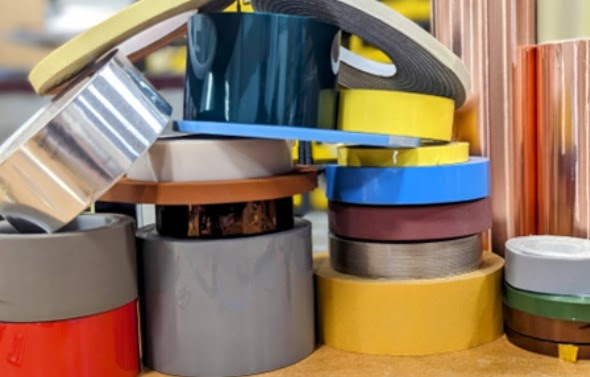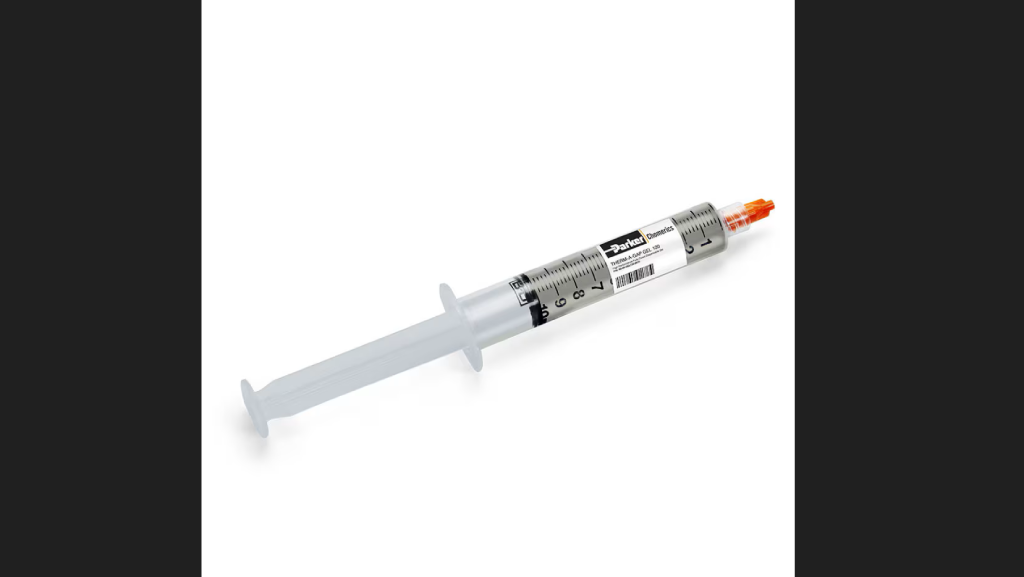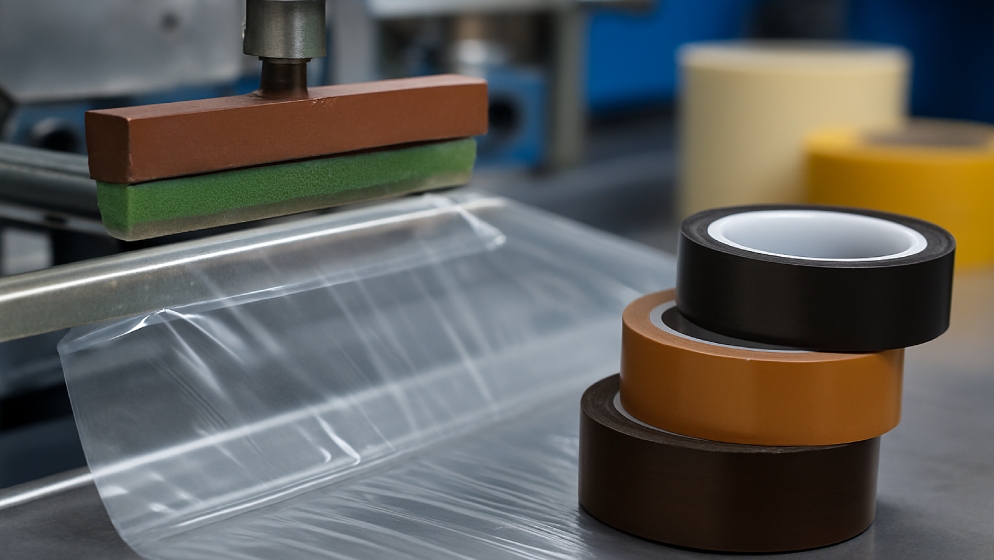A professional woman working on her laptop while commuting on a contemporary train. Advanced tape solutions contribute to more efficient rail systems. Source: Shutterstock.
The Role of Innovative Foams and Tapes in Shaping the Future of Rail Transport
To meet evolving customer expectations, the rail industry continues to prioritize passenger safety, comfort, and energy efficiency. Advanced tape and foam materials play a pivotal role in these areas, helping to lower emissions and reduce operational costs.
Join us as we explore how cutting-edge lightweight materials provide unique benefits that drive progress in the rail sector.
By the end of this discussion, we’ll uncover how these adaptable and easy-to-mold materials enhance safety and efficiency in modern rail transport.
High-Performance Foam for Noise Reduction, Vibration Damping, and Sealing
Foam materials are widely used in rail applications for insulation against heat, cold, and noise while offering fire protection. These properties make foam insulation crucial for ensuring a safe and comfortable passenger environment and safeguarding critical rail components.
Anyone who has experienced excessive noise and vibrations inside a train knows how these factors impact comfort. To enhance the travel experience and customer satisfaction, advanced foam and tape solutions are engineered to provide superior acoustic and vibration-damping capabilities. These materials significantly reduce noise levels in passenger areas, leading to a more relaxing and fatigue-free journey.
A modern train compartment with spacious seating. Foams and tapes effectively minimize rattling and vibrations, improving travel comfort. Source: Shutterstock.
Beyond passenger comfort, foam materials help protect essential train components—including electronic systems, floating floor assemblies, HVAC (Heating, Ventilation, and Air Conditioning) units, engines, and bogies—by mitigating the impact of shocks and vibrations.
Foam tapes, used for sealing and gasketing applications, assist in decoupling structures and reducing noise transmission. These materials can be customized in density and composition to maximize vibration absorption and damping, delivering a range of additional benefits.
A prime example is Saint-Gobain® Norseal® FS1000, a multifunctional foam material that serves as both an acoustic barrier and a water- and airtight seal. By maintaining consistent climate control, blocking odors, and improving indoor air quality, FS1000 enhances the overall passenger experience. What sets this material apart is its self-expanding nature, which creates a fire-resistant char upon exposure to high temperatures. In its original form, FS1000 is soft, flexible, and easy to apply on intricate surfaces.
As we’ve seen, specialized foam materials contribute significantly to safer, more comfortable train environments. However, noise, vibration, and harshness (NVH) reduction is just one of many advantages. Next, let’s examine how bio-based materials improve indoor air quality.
Optimizing Air Quality and Temperature Control with Bio-Based Foams
An empty train compartment with modern seating. Norseal AGP ensures superior sealing against water, dust, wind, and noise. Source: Shutterstock.
In high-occupancy environments like trains, maintaining proper air quality, temperature regulation, and ventilation is essential for passenger well-being and comfort.
While multiple material options exist to enhance HVAC performance in rail applications, one solution stands out for its exceptional performance and eco-friendly composition. Imagine a material free from plasticizers, incorporating polyol derived primarily from bio-based sources.
That solution is Saint-Gobain Norseal AGP200, a polyurethane foam designed to provide top-tier sealing against water, dust, wind, and noise—even in extreme conditions. With minimal fogging, low VOC emissions, and flame resistance per FMVSS 302 standards, AGP200 is ideal for direct interior applications in mass transportation, automotive, and building industries where air quality is a top priority.
With an impressive thermal insulation value (λ=36mW/m.K) and exceptional water resistance, AGP200 achieves optimal sealing with only 30% compression, requiring minimal force to conform to surfaces. This high flexibility reduces material usage, leading to cost savings while ensuring effective sealing for demanding gasketing applications in HVAC, automotive, and construction.
What sets AGP200 apart from traditional materials is its bio-based composition, verified through ASTM D6866 testing. This standard measures the ratio of biobased carbon content within the foam. Independent testing by an ISO/IEC-accredited third-party laboratory confirmed that Norseal AGP200 contains 61% (+/- 3%) renewable carbon, thanks to its Alkyd Grafted Polymer (AGP) formulation.
For engineers focused on superior performance and environmental sustainability, AGP200 represents an ideal choice for HVAC and sealing applications. Its bio-based content helps reduce reliance on fossil fuels, lowers carbon emissions, and supports sustainability goals—potentially leading to regulatory advantages and cost savings across industries.
Moving Toward a Smarter Rail Industry
The adoption of high-performance foam materials is accelerating within the rail sector due to their significant benefits for manufacturers, operators, and passengers. These materials improve comfort, safety, and efficiency while providing advantages over traditional mechanical fasteners.
Additionally, advanced tape solutions play a crucial role in rail electrification, helping manufacturers meet carbon emissions targets while enhancing passenger comfort. Consult with an adhesive tape expert today to set the course for the next generation of rail transportation.









